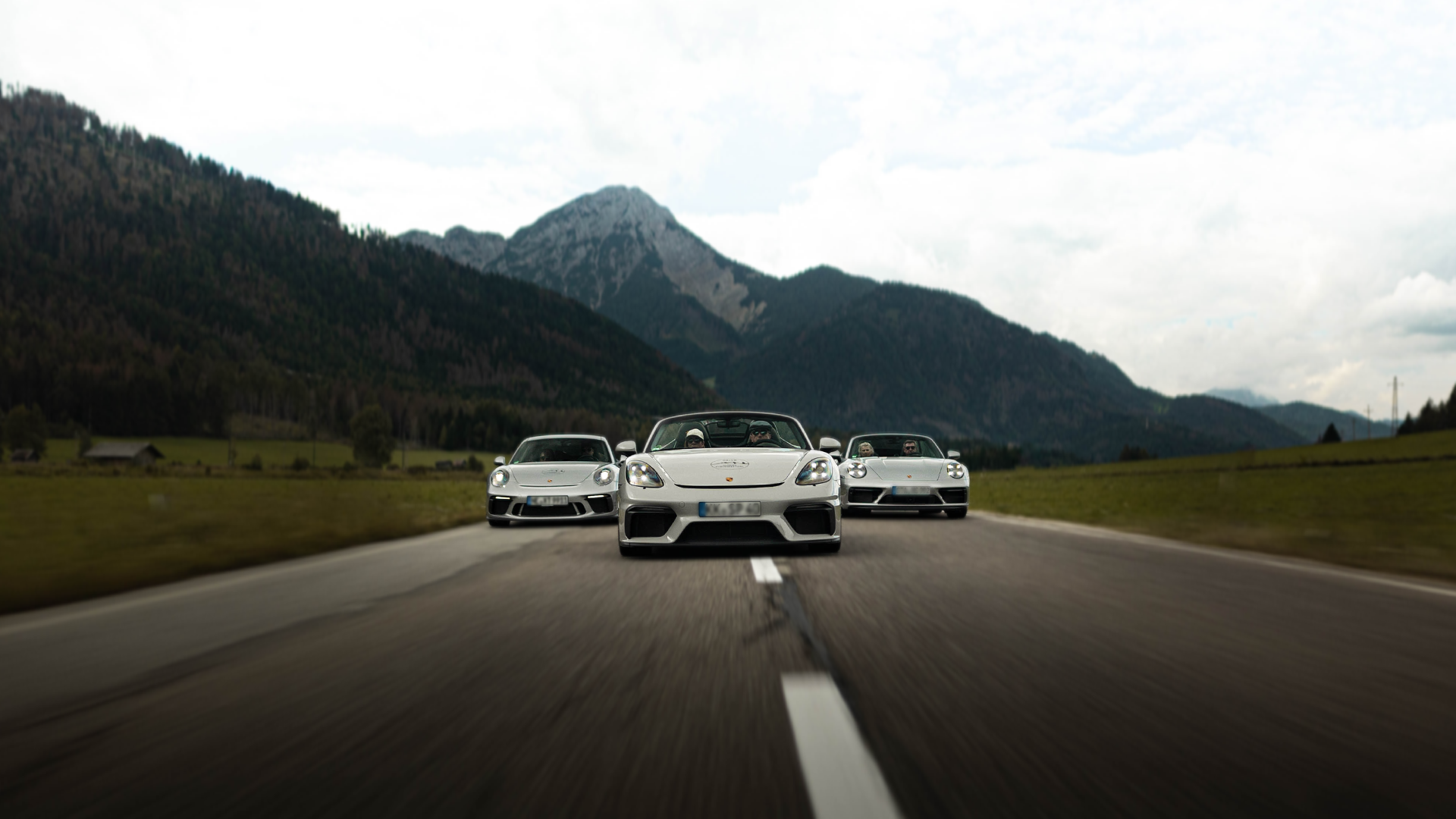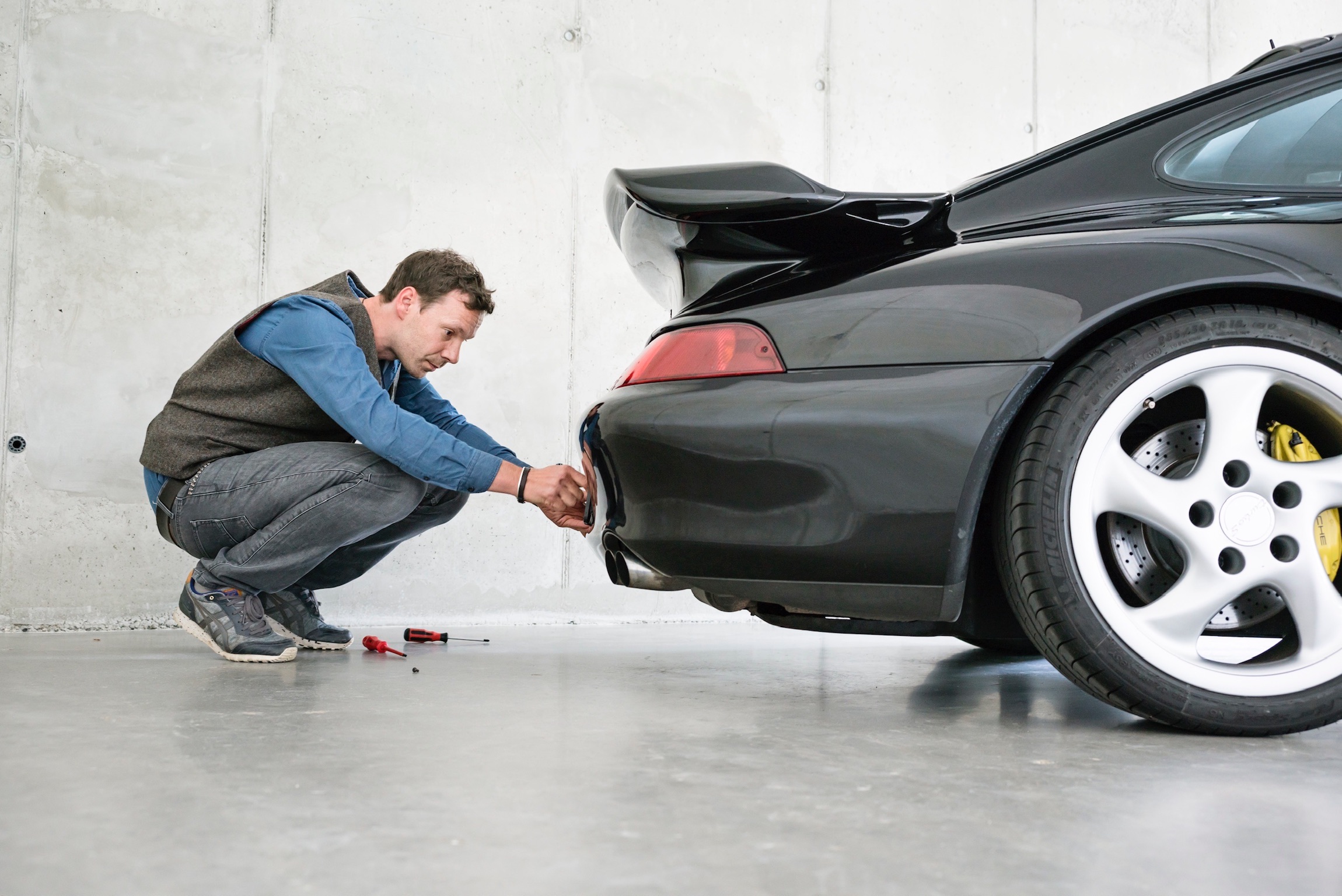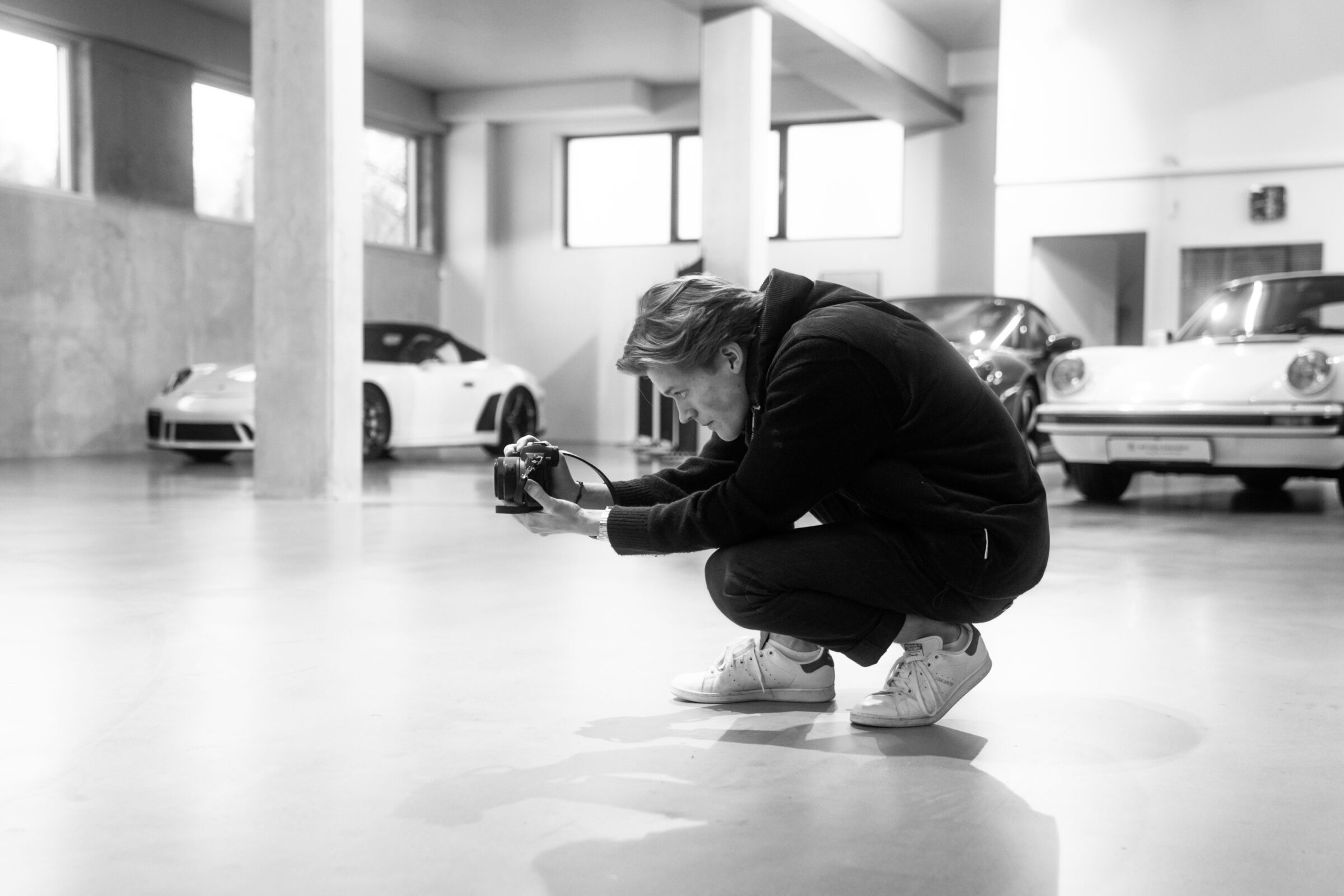Dino 246 GT restoration
Enzo Ferrari is known for his motorsport successes, which he achieved as racing director of Alfa Romeo and later with his own brand. His greatest defeat, however, didn’t happen in motorsport, but on a private level. His son Alfredo, known as Dino, died in 1956 at the age of just 24 after a short, serious illness. Before that, he had done the groundwork for a new V6 engine with which he wanted to take his father’s sports car brand into smaller racing categories. This engine went on to compete in Formula 2, Formula 1, the Tasman Cup in Australia and in sports car races from 1957 onwards. As the motorsport authority FIA stipulated a minimum number of engines built for some categories from the end of the 1960s, Ferrari developed a new entry-level road-legal sports car. Like the racing cars before it, this car wasn’t called Ferrari, but Dino.
From the 206 GT to the 246 GT
Aldo Brovarone designed the body for the new mid-engine chassis at Pininfarina. Starting in 1968, the Dino 206 GT was available for only one year. Ferrari quickly developed this further into the 246 GT. In addition to an increase in displacement from two to 2.4 liters and a wheelbase extended by 60 millimeters, the 246 also received a fuel filler cap relocated to the left C-pillar. In addition, the body was now made of steel instead of aluminium. The engine block, which was produced at Fiat, was also now made of cast iron instead of aluminium. The 246 GT made its debut at the 1969 Geneva Motor Show, and by 1971 the car with center lock wheels had rolled off the production line 357 times as the L series. For a year the M series followed and finally the E series until 1974. The latter also made its debut in Geneva in 1972 as the GTS targa version, which became a bestseller. Within just two years, almost as many GTSs were built as there were GTs in all production years combined.
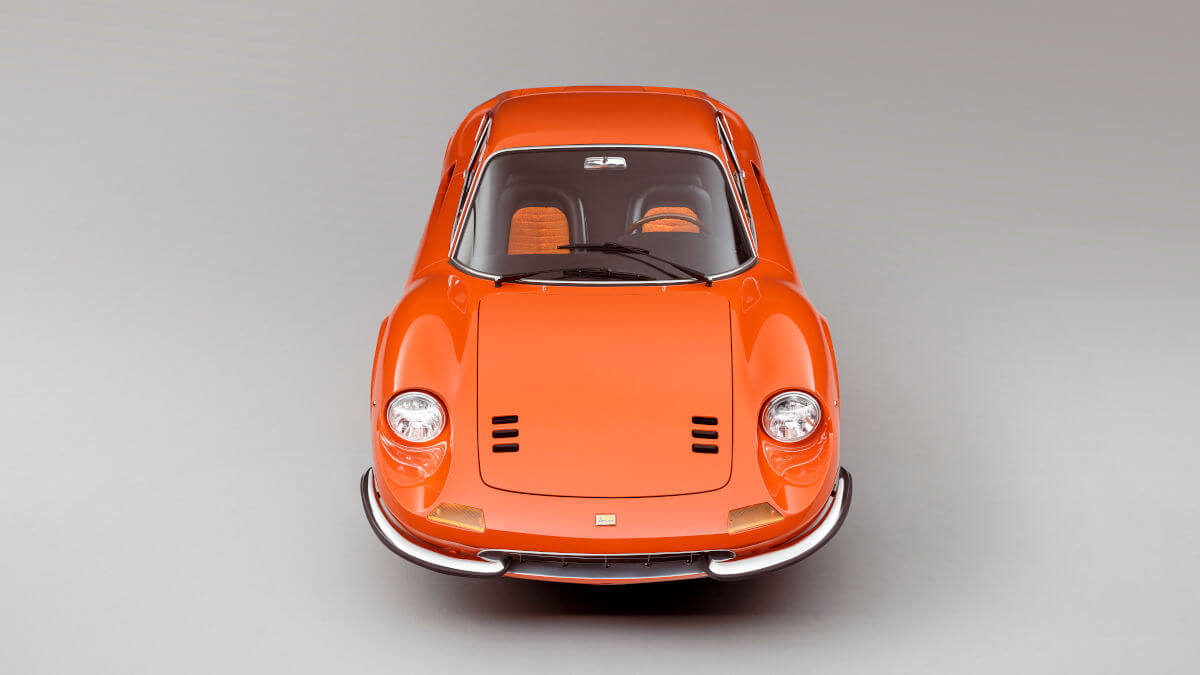

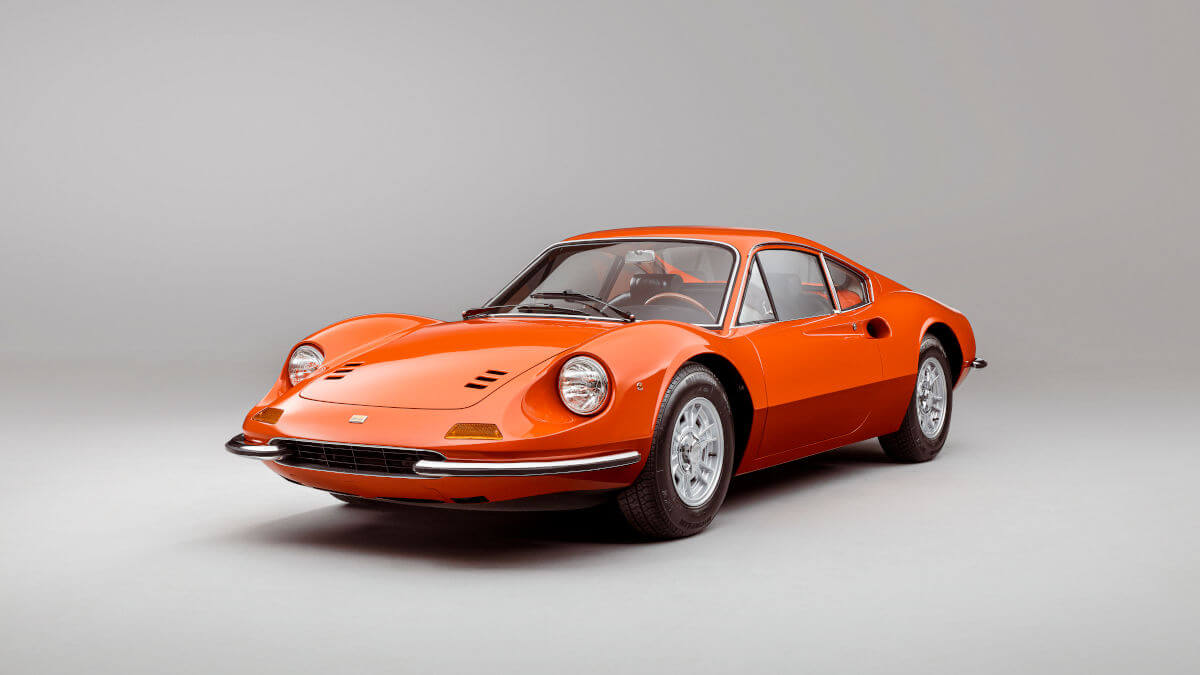

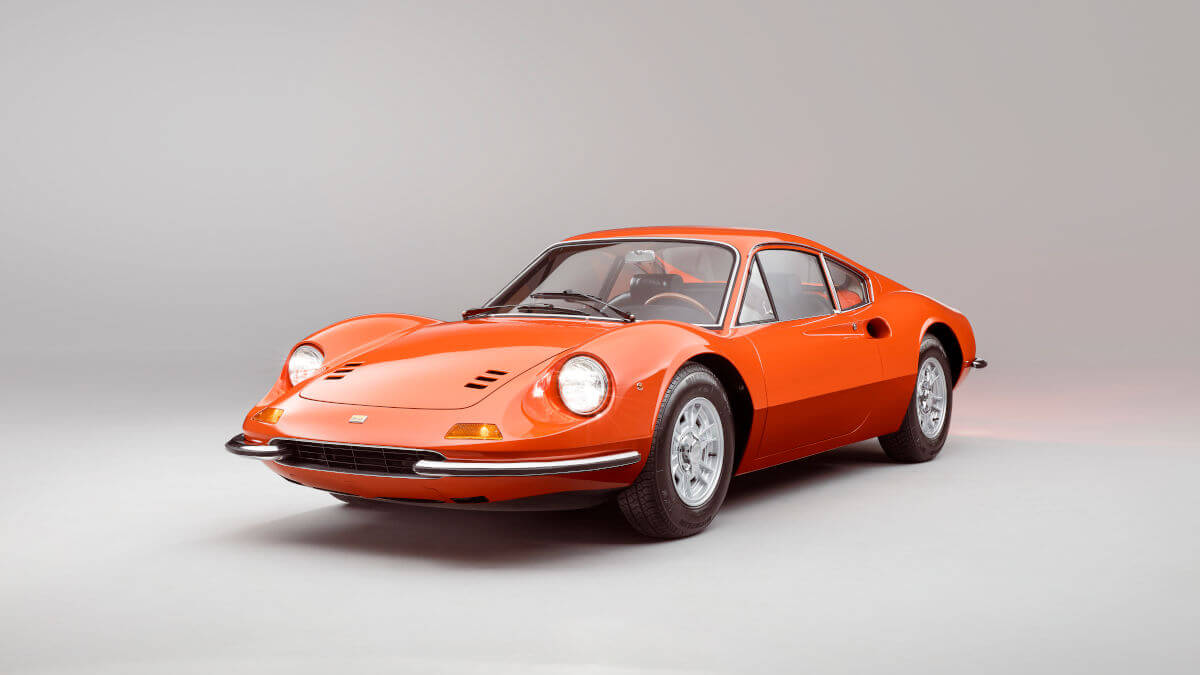



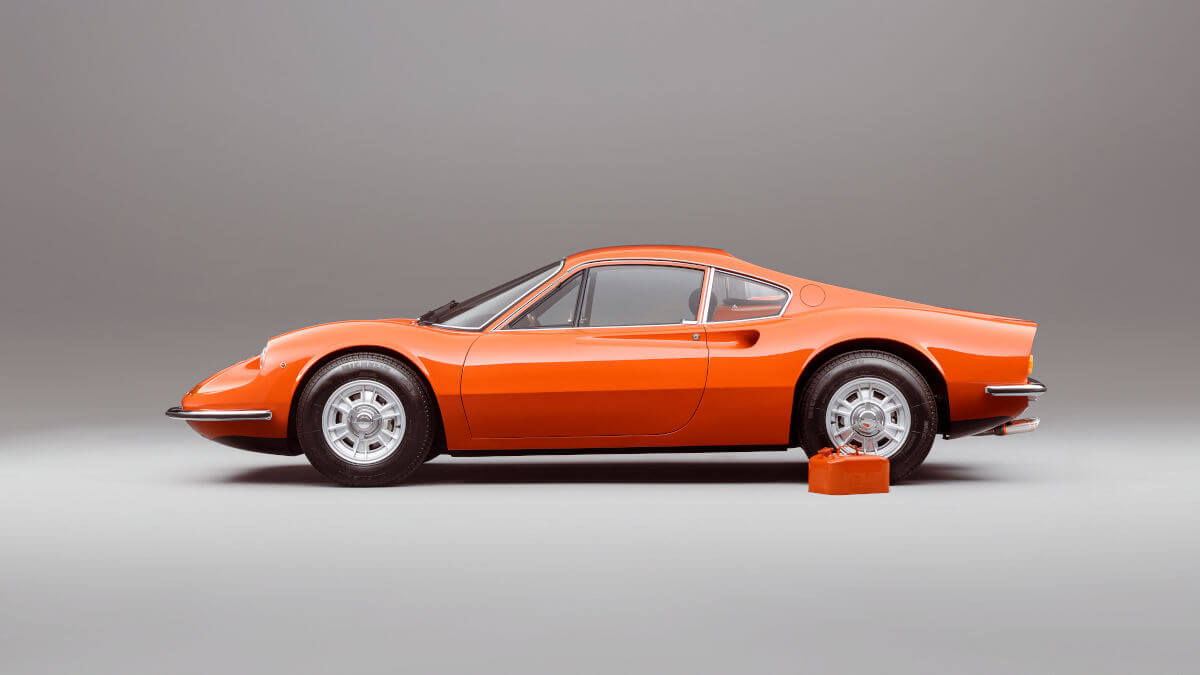



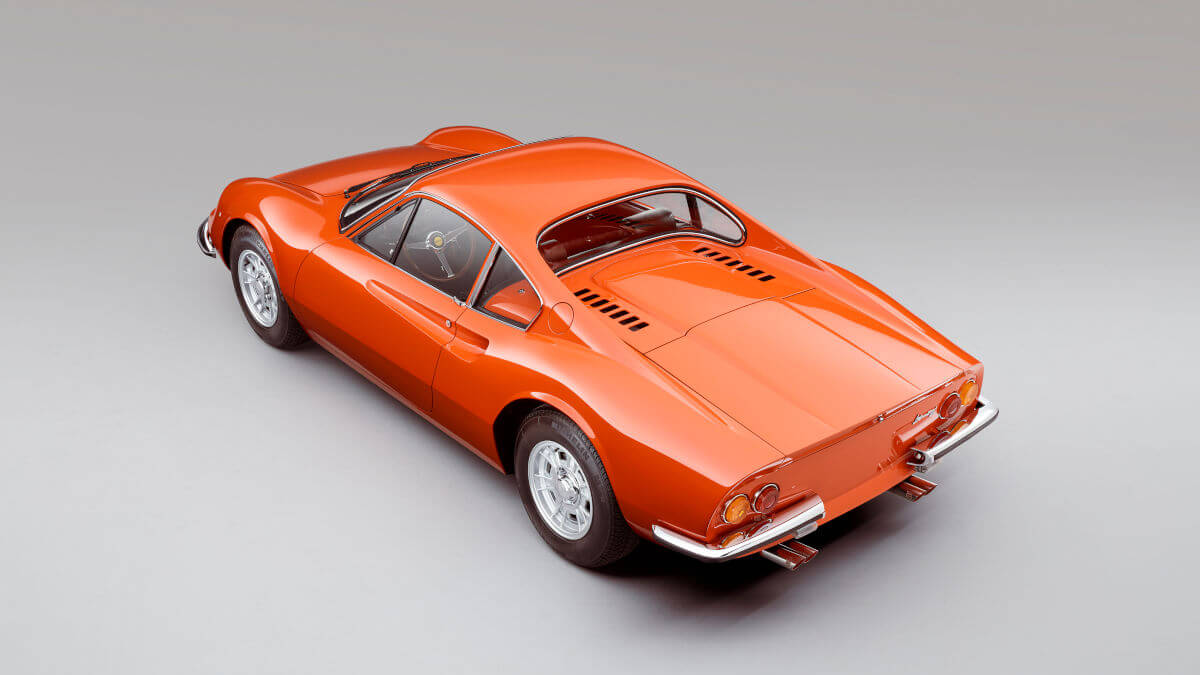

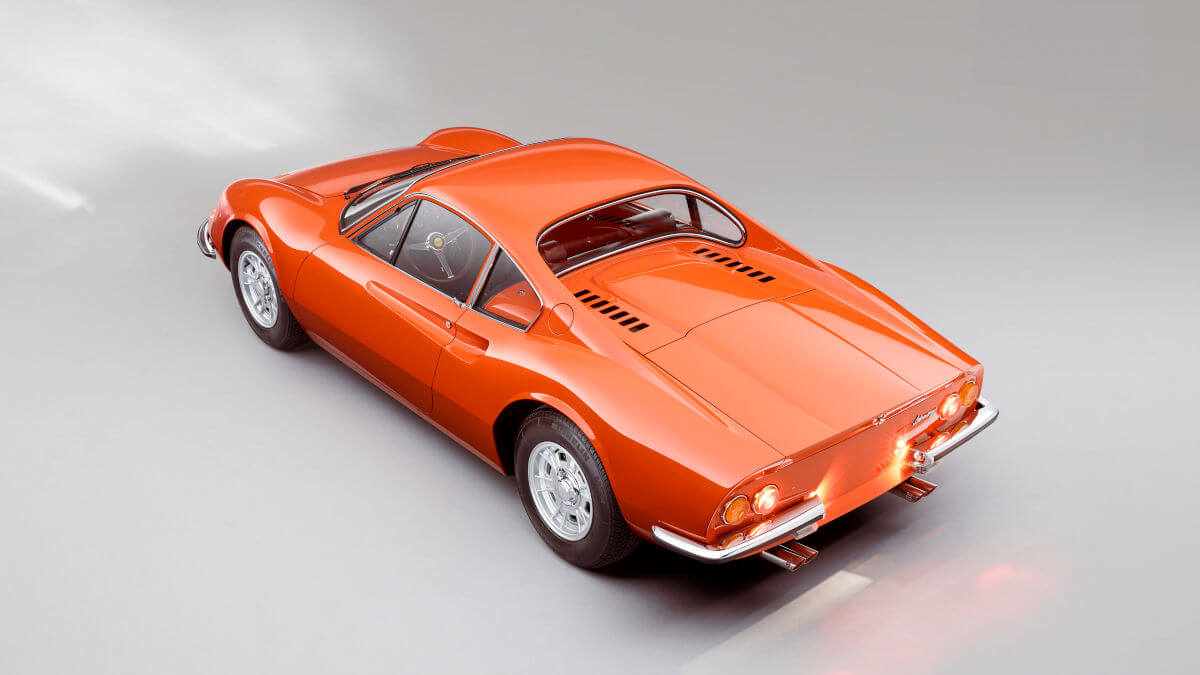





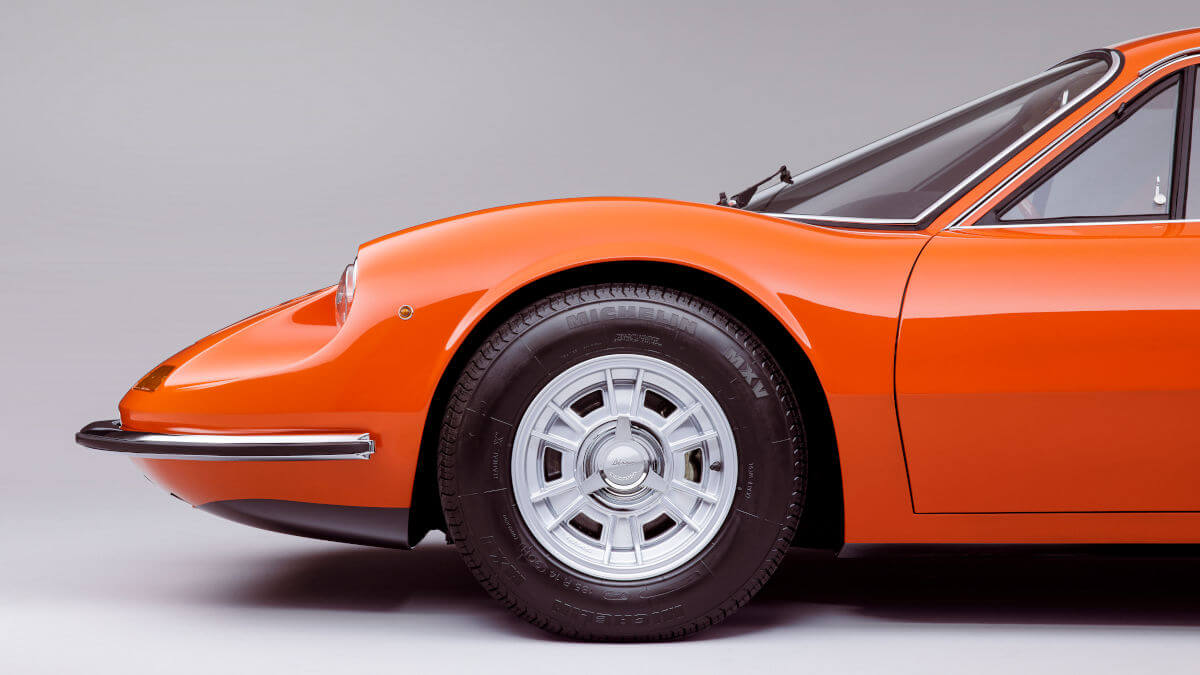

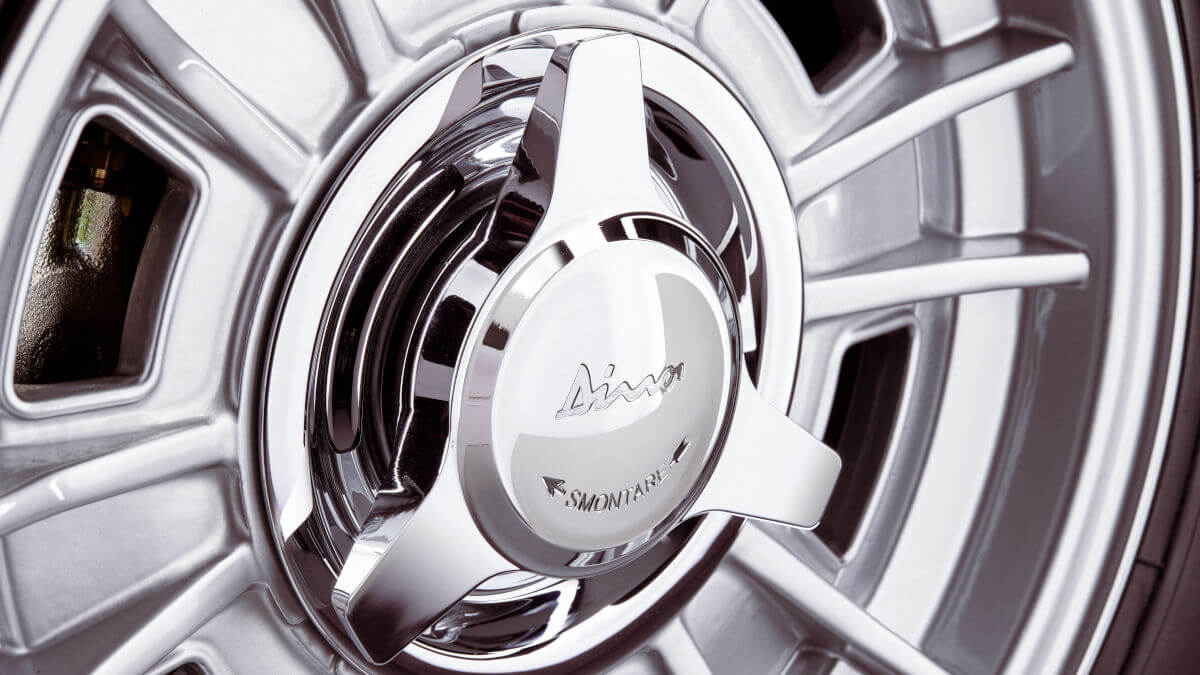



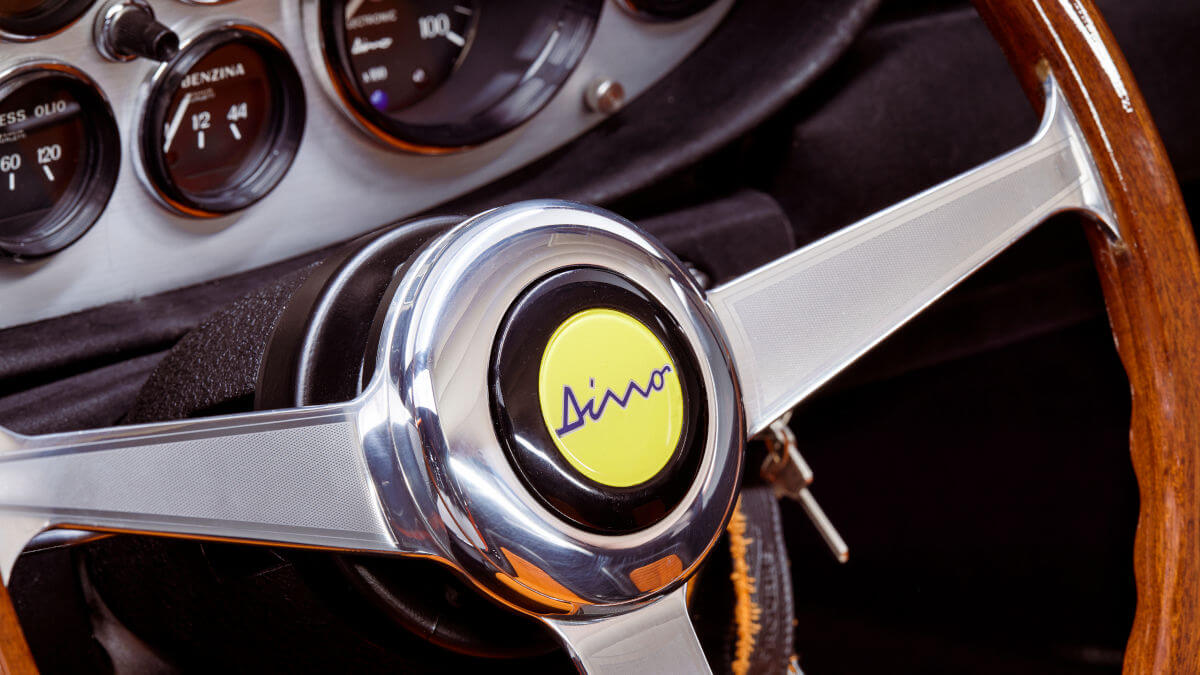

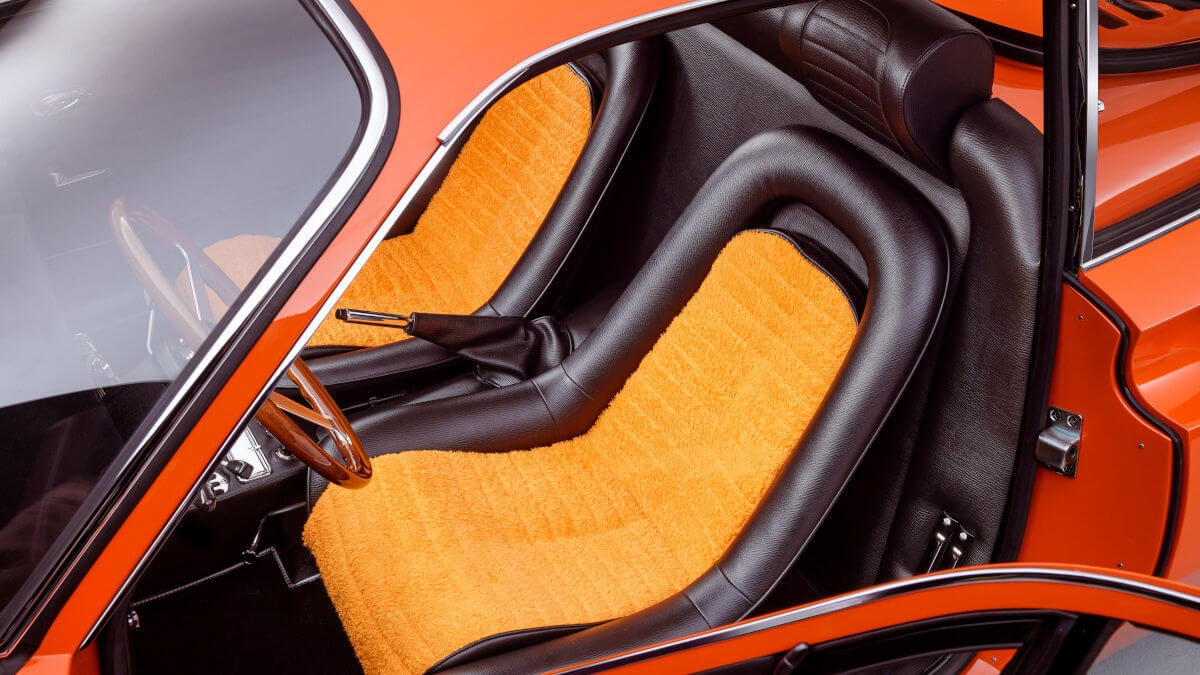







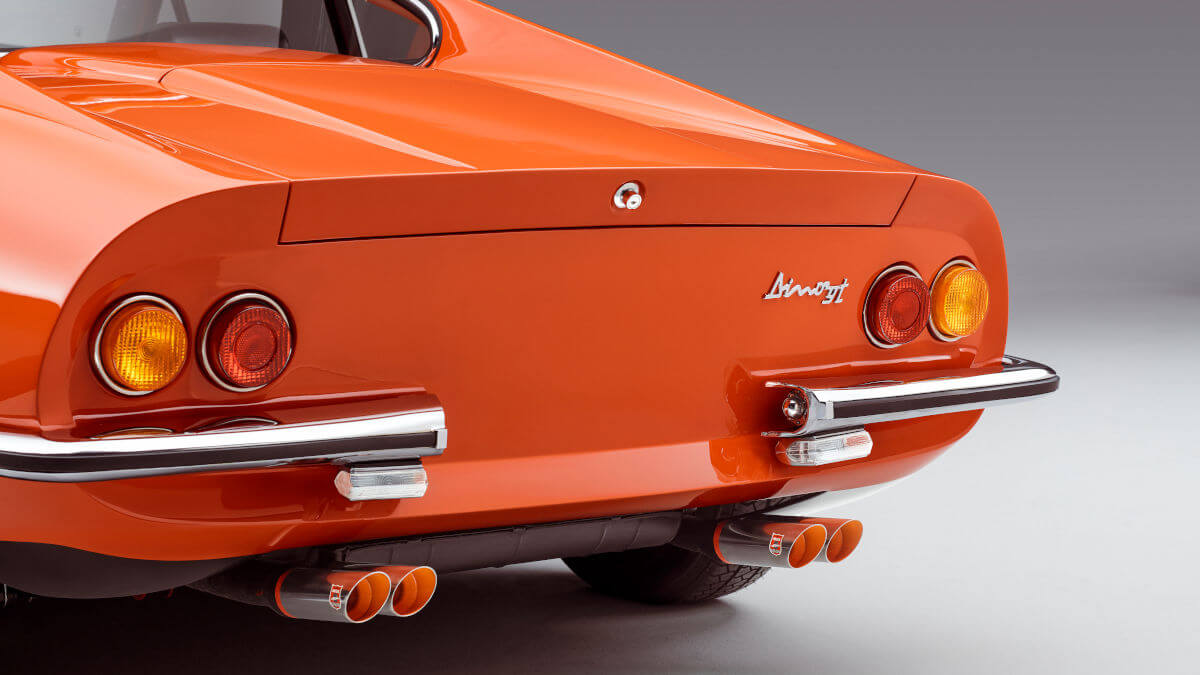

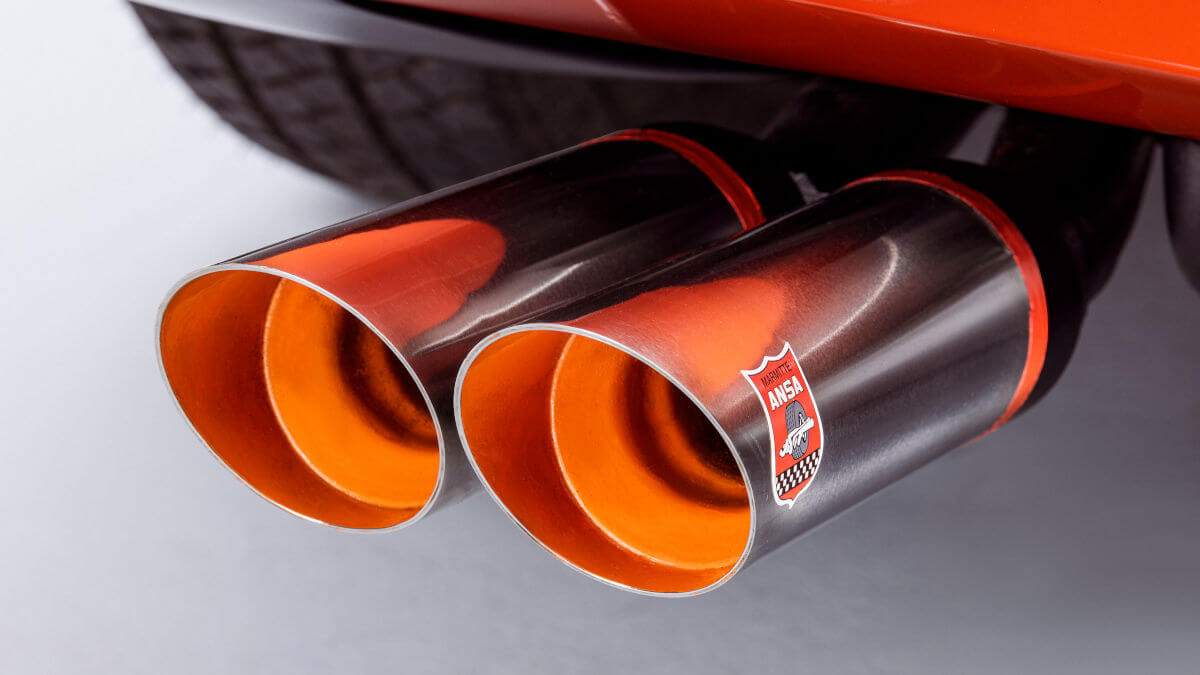

86,000 kilometers mileage
One of the earliest examples of the Dino 246 GT, the seventh of the L series, was on display at the Frankfurt Motor Show (IAA) in 1969. It left the Maranello plant in Rosso Dino paint. The car with chassis number 00436 became the first Dino sold in Germany and went to the first owner after the car show. Over the decades, owners in France, Canada and the USA followed. During this time, a mileage of around 86,000 kilometers was accumulated. However, the car suffered greatly. In 2017, the current owner brought it to Bell Sport & Classic. “To be honest, I doubt if many other proper restoration companies would have even considered taking this project on. The tired state the Dino was in, it just didn’t look economically viable to attempt to return it to its former glory,” recalls project manager Peter Ensor. Together with Marc Holden, Elliot East and Attilio Romano, he led the core team that nevertheless took on this work.
Restoration to Ferrari Classiche standards
When the car was disassembled, traces of two previous restorations were discovered. However, both had apparently been carried out without great attention to detail. Next to that, a previous owner had had the car repainted to Rosso Corsa. The seats wore black and red leather upholstery instead of the original black leather with orange towelling on the seat centers. All gaps and fits were out of any tolerance. Apparently, replacement panels had simply been welded onto the rusted originals in places without removing the rust underneath. After a few months, the sad remains in the form of the rusted body-in-white stood in the workshop. Around three years of reconstruction followed in accordance with the strict specifications and high standards of Ferrari Classiche. In addition to the body and interior, all technical components were also restored. Particularly hard work was put into perfect body transitions and small details. Now the car is better than new.
Images: Bell Sport & Classic, John Cooke


